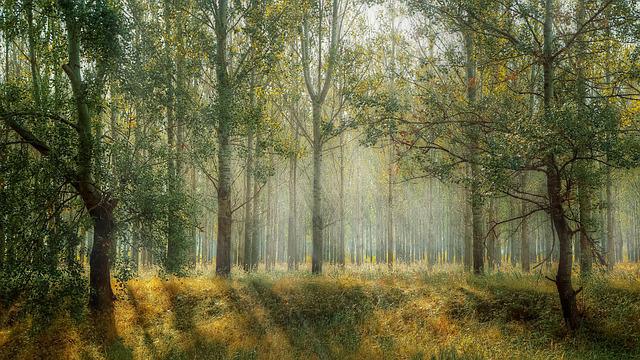
In honour of Her Majesty’s Platinum Jubilee this year, people across the UK have been urged to partake in a unique nationwide tree-planting initiative dubbed, “Plant a Tree for the Jubilee”.
Even more amazing, in 2019, Mr Beast (real name Jimmy Donaldson) launched a massive tree-planting campaign aimed at planting 20 million trees in celebration of his Youtube channel hitting 20 million subscribers with the support and encouragement of his fans. Donaldson set up a fundraiser and partnered with the Arbour Day Foundation, a tree conservation charity, to help reach the target.
But you might be wondering why there has been such a great resurgence in tree planting initiatives and whether the humble tree can actually help save the planet.
Well, there are 3 crucial things that you need to know about tree planting
Tree planting is by far the simplest and most effective way of dealing with climate change caused by greenhouse gases. Did you know that just one hectare of trees can capture 400 tons of carbon?
Reforesting a piece of land the size of the United States would help capture 205 billion tons of carbon. This is slightly more than the 300bn tons emitted since the industrial revolution. Tree risk assessments in Hampshire are becoming more popular as it it a very dense area with many woods.
However, proper research and careful planning are required before undertaking any tree-planting initiative. A poorly planned program will end up doing more harm than good.
How do trees work?
Trees are the best tools we have when it comes to capturing and storing carbon. Just like other plants, trees absorb carbon dioxide from the atmosphere and use it to produce energy and grow, through a process known as photosynthesis. Oxygen is then released as a byproduct of this process.
Forests and woodlands can store carbon for hundreds of years – something that the planet desperately needs right now considering the damage caused to the atmosphere as a result of harmful human activity.
Woodland Trust, a conservation charity in the UK, suggests that just one hectare (10,000m2 – or about one and a half football pitches) of woodland can capture 400 tons of carbon.
With this in mind, it should come as no surprise that cutting down trees carries serious repercussions in terms of carbon emissions. According to a 2018 study, logging in Oregon, US, accounts for 33 million tons of carbon dioxide released into the atmosphere each year since 2000. This significantly dwarfs other sources of carbon emissions like transportation in the state.
While all trees capture carbon, it is believed that tropical rainforests have a bigger impact when it comes to tackling climate change. According to the Rainforest Alliance, tropical rainforests grow faster and produce cloud cover that reflects rays coming from the sun back into space. In addition, they play a crucial role in the weather system by contributing to rain formation through the evaporation of water from their leaves. This, in turn, helps to prevent drought in the region.
While research findings differ greatly in terms of the amount of atmospheric carbon stored by the Amazon rainforest, studies have shown that the Amazon rainforest has played a big role in mitigating the carbon emissions produced by all the countries in the surrounding region.
And it is for all these reasons that climate scientists continue to emphasize the importance of planting trees and protecting the trees that we already have.
According to a study from the ETZ Zurich University, published in 2019, restoring a huge area of forest on a global scale, equivalent to the size of the US, would capture 205 billion tons of carbon – two-thirds of the 300 billion tons of carbon released into the atmosphere due to human activity since the industrial revolution. Professor Thomas Crowther, who spearheaded the study, described the results as “mind-blowing.”
He stated that even though they were well aware that restoring forests will help in fighting climate change, they had no idea how big of an impact it has. However, he added that it is crucial that we take quick action since new forests usually take decades to mature and reach their full potential as a natural storage for carbon.
The effect of human activity on the role of trees
Deforestation and global warming present a huge obstacle to the role that forests play in safeguarding the planet.
Distressing evidence has recently come out showing that the Amazon forest is losing its ability to store carbon due to the damage already done to it. As a matter of fact, certain natural and human-caused activities are causing it to release greenhouse gases like nitrous oxide and methane into the atmosphere. Consequently, researchers are very worried about the fact some parts of the Amazon are becoming a source of carbon and not the desired carbon sink.
For instance, a study from March 2021 found that soil compaction and drying wetlands caused by logging can increase the emission of nitrous oxide, a greenhouse gas.
Another study from May 2021 revealed that rising temperatures can affect a tree’s ability to photosynthesise – though the process will still happen, it will be at a much slower rate.
